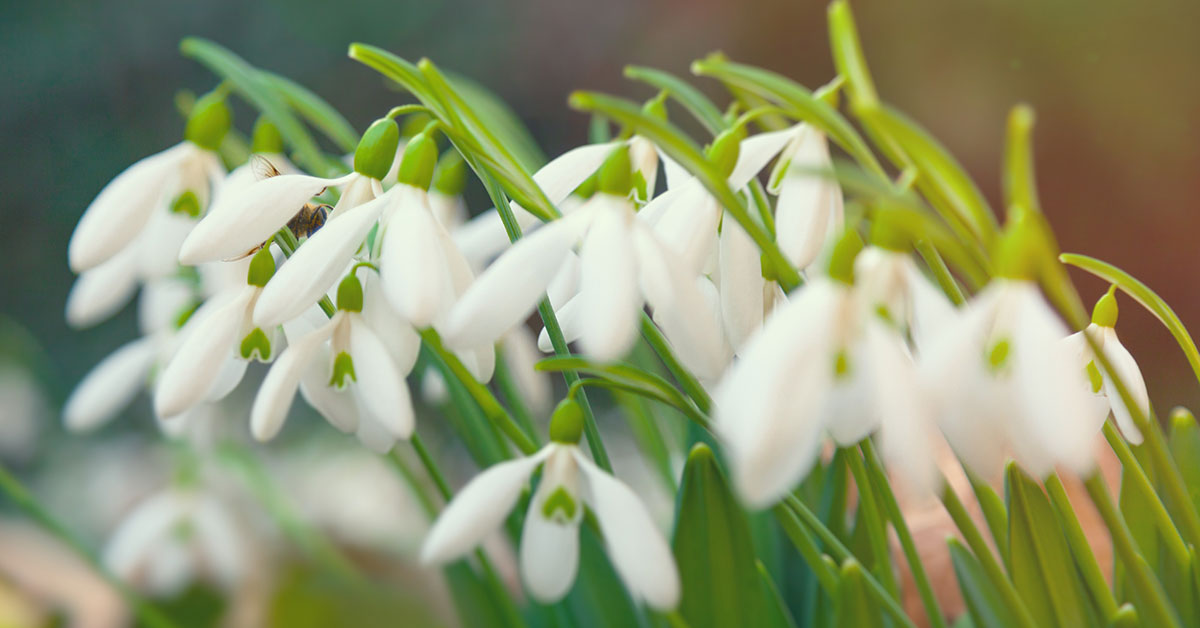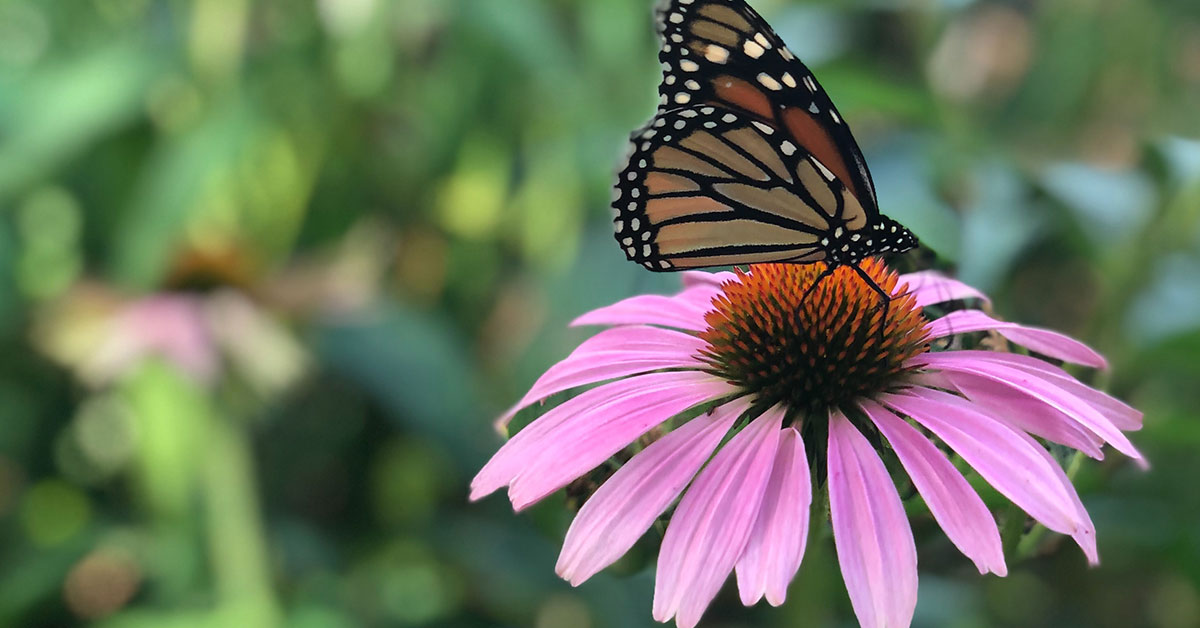Growing Snowdrop flowers (Galanthus nivalis) brings a special joy and sense of anticipation to gardeners. These delicate blooms, emerging as one of the first signs of life after the long winter, evoke a feeling of hope and renewal.
The simple yet captivating beauty of Snowdrops, with their pristine white petals gently nodding in the early spring breeze, brings a sense of tranquility and serenity to any garden. Witnessing their emergence and the gradual unfurling of their flowers is a reminder of the resilience and beauty of nature.
The joy of growing Snowdrops lies in the anticipation of their arrival, the appreciation of their ephemeral beauty, and the symbolism of new beginnings they represent. These little harbingers of spring have the power to uplift the spirits and fill the heart with a sense of wonder and delight.
What is a Snowdrop?
The Snowdrop flower, scientifically known as Galanthus nivalis, is a small and delicate perennial bulbous plant that belongs to the Amaryllidaceae family. It is renowned for being one of the earliest spring bloomers, often pushing through the snow to announce the arrival of the new season.
The Snowdrop flower features nodding, bell-shaped white flowers that hang from slender, green stems. Each flower has three outer petals and three smaller inner petals, giving it a distinct and charming appearance.
Snowdrops are treasured for their simplicity and purity, symbolizing hope, renewal, and the promise of spring. These resilient flowers can be found in various regions around the world, including Europe, North America, and Asia, where they thrive in moist, woodland areas and gardens.
Where are Snowdrops native?
Snowdrops (Galanthus nivalis) are native to parts of Europe, including countries such as England, Scotland, France, and Germany. They are commonly found in woodlands, meadows, and grassy areas throughout their native range. Snowdrops have also been naturalized in other regions around the world, including North America, where they have been widely cultivated and established in gardens.
As for their invasive nature, Snowdrops are generally not considered invasive plants. They tend to form clumps over time rather than spreading aggressively. However, it is important to note that in certain specific conditions or regions with favorable growing conditions, Snowdrops may self-seed and slowly naturalize in suitable habitats.
This naturalization can lead to modest expansion over time, but they do not typically outcompete native plant species or cause significant ecological disruption. In most cases, Snowdrops are well-behaved garden plants that can bring beauty and charm to the landscape without becoming invasive.
When do Snowdrops bloom and for how long?
Snowdrops (Galanthus nivalis) are early spring bloomers, often appearing as one of the first flowers to emerge after winter. The exact blooming period may vary depending on factors such as location, climate, and local growing conditions. Generally, Snowdrops begin to bloom in late winter to early spring, typically from February to March in many regions.
The blooming duration of Snowdrops can vary, but it typically lasts for a few weeks. The flowers may persist for around two to three weeks, providing a delicate and enchanting display of white blossoms. However, the blooming period can be influenced by factors such as temperature fluctuations and weather conditions. It is worth noting that the longevity of Snowdrop blooms can be extended in cooler climates and shorter in areas with warmer temperatures.
Despite their relatively short blooming period, Snowdrops are cherished for their ability to emerge early in the year, bringing a sense of hope and renewal after the winter months. Their delicate white flowers, often gently nodding towards the ground, add a touch of beauty and brightness to gardens and landscapes as spring begins to unfold.
How to grow Snowdrop flowers
Growing Snowdrop flowers can be a rewarding experience. Here are some guidelines to help you successfully cultivate these charming early spring bloomers:
- Planting Time: The best time to plant Snowdrop bulbs is in late summer or early autumn, ideally before the first frost. This allows the bulbs to establish roots before the onset of winter and ensures they are ready to bloom in early spring.
- Site Selection: Choose a location that receives partial to full shade. Snowdrops prefer cool, moist conditions, making them well-suited to woodland gardens or areas with dappled sunlight. Ensure the soil has good drainage to prevent waterlogging.
- Soil Preparation: Prepare the soil by loosening it and removing any weeds or debris. Snowdrops thrive in humus-rich, well-drained soil. Incorporate organic matter, such as compost or well-rotted leaf mulch, to improve the soil’s fertility and moisture-retaining capacity.
- Planting Depth: Plant Snowdrop bulbs at a depth of approximately 2 to 3 inches (5-7.5 cm), with the pointed ends facing upwards. Space the bulbs about 3 to 4 inches (7.5-10 cm) apart to allow room for their natural spread.
- Watering: After planting, water the bulbs thoroughly to settle the soil and ensure good root-to-soil contact. While Snowdrops prefer moist soil, avoid overwatering, as excessive moisture can lead to bulb rot. During dry spells, provide regular watering to maintain moderate soil moisture.
- Mulching: Apply a layer of organic mulch, such as leaf compost or wood chips, around the base of the Snowdrop plants. Mulching helps retain soil moisture, suppresses weed growth, and provides insulation during temperature fluctuations.
- Maintenance: Snowdrops are generally low-maintenance plants. Regularly monitor soil moisture levels and water accordingly, ensuring the soil remains consistently moist but not waterlogged. Remove any weeds that compete for nutrients and space. Once the flowers fade, allow the foliage to wither and die back naturally. This process helps replenish nutrients in the bulbs for the following year’s growth.
- Propagation: Snowdrops can be propagated by division or from seeds. Bulb division is typically done after flowering when the foliage begins to die back. Gently dig up the clumps, separate the bulbs, and replant them in new locations. Seeds can be collected and sown in containers or directly in the ground, but they require a period of cold stratification for successful germination.
By following these guidelines, you can cultivate Snowdrop flowers and enjoy their delicate beauty as they herald the arrival of spring. With their early blooms and resilience, Snowdrops are a delightful addition to any garden, providing a sense of hope and renewal after the winter months.













